Wondering if your stage 2 clutch can keep up with your build? You’re not alone. Lots of people think slapping in a stage 2 clutch means their ride is good for twice the factory horsepower, but it’s not always that simple. Horsepower ratings on clutch kits can be all over the map—some say 350 HP, others 500 HP, and the truth isn’t always in the fine print.
The kicker is, not every stage 2 clutch is made equal. One brand’s ‘stage 2’ might look tame compared to another’s. And that fancy sticker on the box doesn’t mean it’s ready for endless burnouts or clutch dumps. Before you push the pedal through the floor, you gotta know what your clutch can actually handle and what’s just marketing.
- What Makes a Clutch 'Stage 2'?
- Typical HP Ratings for Stage 2 Clutches
- Factors That Affect How Much HP a Stage 2 Clutch Can Handle
- Choosing (and Using) the Right Clutch for Your Build
What Makes a Clutch 'Stage 2'?
The whole "stage" system for clutches can get confusing fast. There’s no global standard, so what one company calls "stage 2" can be pretty different from another. Still, there are some details most stage 2 set-ups have in common.
First off, a stage 2 clutch usually means a step up from stock or stage 1 in grip and holding power. The main difference is the clutch disc material. Stage 2 kits typically use a mix of organic and metallic (usually Kevlar or ceramic) surfaces. This combo is made to take more abuse and handle quicker engagement than stock clutches, which are usually full organic.
Expect a stiffer pressure plate too. This extra clamping force lets the clutch grab harder under load. The tradeoff? Your left leg might notice it’s a little harder to press. Some kits even upgrade the springs or design to handle that extra power without burning out.
- Stage 2 clutches are built for lightly to moderately modified engines, not just factory outputs.
- They’re a go-to for folks adding bolt-ons or mild boost (think intake, exhaust, maybe a turbo at low boost levels).
- The goal: more torque holding but smooth enough for daily driving.
Check out this quick look at what sets stage 2 apart:
| Feature | Stock Clutch | Stage 2 Clutch |
|---|---|---|
| Disc Material | Organic | Organic + Kevlar/Ceramic |
| Pressure Plate | Standard | Heavy Duty/Stiffer |
| Torque Rating (avg.) | 200-250 lb-ft | ~300-400 lb-ft |
| Intended Use | Stock Engines | Moderate Mods, Daily/Track |
| Pedal Feel | Easy/Light | Firmer/Heavier |
This isn’t just about numbers. The right stage 2 clutch gives you the holding power for spirited driving or weekend track days, but won’t punish you with a brutal pedal in stop-and-go traffic. If you’re running simple bolt-ons and want to avoid slip without jumping to race-only clutch sets, stage 2 is that sweet spot.
Typical HP Ratings for Stage 2 Clutches
If you’re hunting for the real numbers behind stage 2 clutches, here’s the deal: most popular brands rate these kits for somewhere between 300 and 450 horsepower. That’s a big range, right? It boils down to materials and how the clutch is built. For example, ACT’s stage 2 kit for a WRX is rated around 410 HP, while Exedy’s stage 2 for the Mustang GT comes in at about 430 HP. South Bend, another player, rates certain stage 2 clutches as high as 500 torque, which translates to somewhere in that same HP ballpark for most street cars.
But don’t just go by the numbers on the box. Those ratings are usually for flywheel horsepower, not what’s hitting the wheels. And they can be optimistic—as if you’ll always launch clean with no slip or heat. Here’s a quick look at some well-known kits and their official ratings:
| Brand/Model | Rated HP | Notes |
|---|---|---|
| ACT (WRX) | 410 HP | Organic disc, mid-level kit |
| Exedy (Mustang GT) | 430 HP | Ceramic/organic mix |
| South Bend (WRX/BRZ) | 450 HP | Daily-friendly pedal, heavy duty |
| Clutch Masters (Civic Si) | 385 HP | Sprung hub, upgraded friction |
The stage 2 clutch gets its higher power rating from better friction material (like organic/copper mix or sometimes ceramic) and stronger pressure plates. Still, if you’re hitting boost hard or like hard launches, real-world grip can be less than the numbers say. These clutches can take a beating, but nothing lasts forever if you drive like every stoplight is a drag strip.
So, when you’re scoping out a new kit, check the brand’s site for the real specs. Pay attention to torque ratings too—a clutch rated for 400 HP on a high-revving motor will act different than the same rating on a torque-heavy turbo setup.
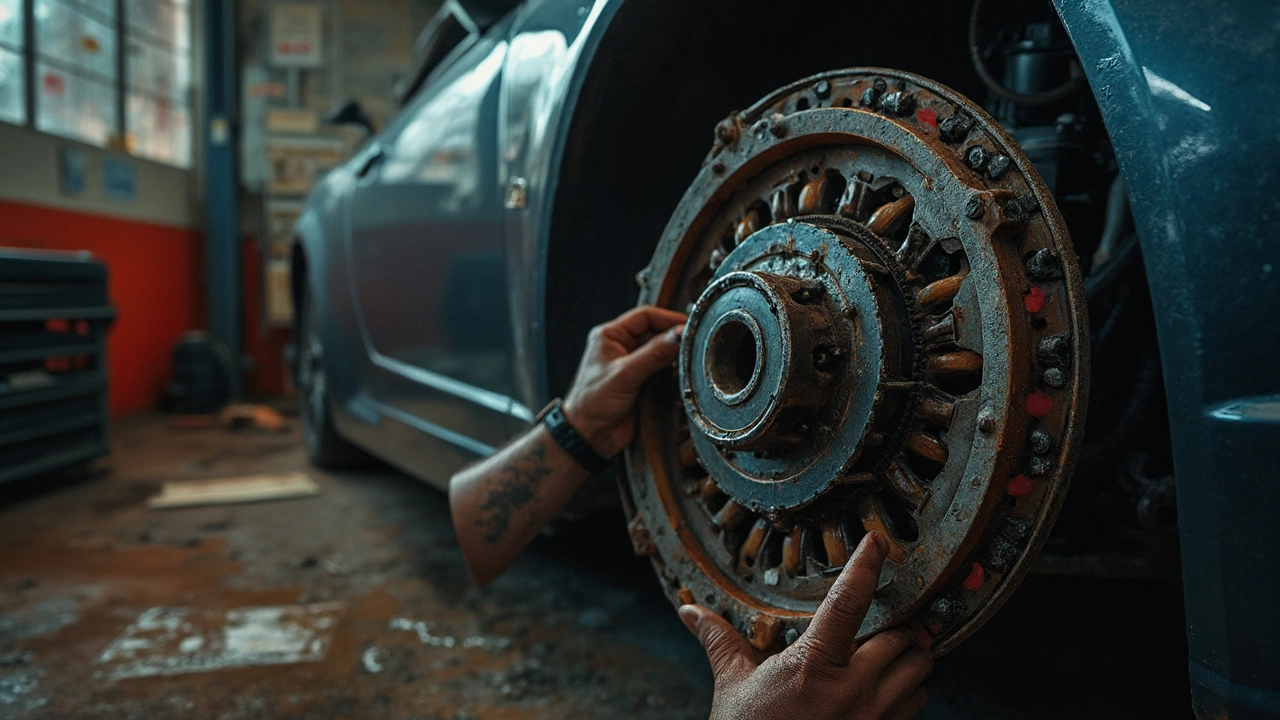
Factors That Affect How Much HP a Stage 2 Clutch Can Handle
People love to ask, “How much horsepower can my Stage 2 clutch handle?” It’s not just about a single number, though. Your setup might hold more or less than what’s advertised, and a lot of things control that outcome. Check out the most important factors below.
- Clutch Material: Most stage 2 clutches use heavier-duty friction material—things like carbon/ceramic, organic with metal backing, or even Kevlar. Carbon/ceramic usually takes the most abuse and heat, but it isn’t always the most street-friendly.
- Pressure Plate: Pressure plate clamping force is huge for holding power. Some brands bump this up by 15-30% over stock. But go too stiff, and you’ll hate it in stop-and-go traffic.
- Flywheel Choice: Are you pairing with a lightweight flywheel? Lighter flywheels rev faster, which can increase shock loads on your clutch. This might stress even a strong stage 2 more than you think.
- Installation Quality: You’d be shocked how many clutches underperform because of a sketchy install. Issues like misalignment or not properly breaking in the clutch will kill your holding power, no matter what the box says.
- Torque Matters (Not Just HP): Clutch kits almost always rate for torque. That’s the real enemy here, not just horsepower. A turbo car making 350 ft-lbs of torque will stress a clutch more than a high-revving NA engine at the same horsepower.
- Driving Style: Launching at every red light? Drag racing on weekends? That’s tougher on your clutch compared to daily cruising and the odd highway pull.
- Vehicle Weight and Use: Heavier cars need more clutch to avoid slipping. Track days, autocross, or towing only make things harder.
Put it all together and even the best stage 2 clutch for your car can get overwhelmed if you push it hard in the wrong conditions.
Here's a quick look at some data comparing the torque ratings for typical stage 2 clutches across brands:
| Brand | Friction Material | Typical Torque Rating (ft-lbs) | Notes |
|---|---|---|---|
| ACT | HD/Performance Organic | 320-410 | Popular for street/track |
| South Bend | Ceramic/Organic Hybrid | 350-450 | Lots of diesel builds |
| Exedy | Cerametallic | 310-400 | Good balance, aggressive engagement |
| Spec | Metallic/Carbon-Kevlar | 320-440 | Wide model range |
It pays to look at these numbers—and at your own driving habits—before trusting a clutch to hold all your power. If you’re on the edge, don’t cheap out on the install and don’t ignore proper break-in. Next up, I’ll dig into picking the right clutch for your setup.
Choosing (and Using) the Right Clutch for Your Build
This is where lots of people get tripped up. Just because a kit says it’s a ‘stage 2’ doesn’t mean it’s the one you need for your setup. Picking the right stage 2 clutch isn’t just about grabbing the highest horsepower number you see on the product listing.
First off, check the type of driving you actually do. Are you mostly on the street, hitting up the drag strip, or tearing up track days? Most stage 2 clutches are built for higher torque, not just horsepower, so you need to know your car’s actual torque output. Companies often list a torque rating—shoot for at least a 15-20% safety margin over your engine’s max torque to avoid slipping under hard pulls.
- If your car’s making 350 lb-ft of torque, aim for a clutch rated for at least 400 lb-ft.
- Street builds usually get by with organic or kevlar friction materials. If launches and hard shifts are in your daily routine, a kit with puck-style discs or more aggressive friction is better, but expect a stiffer pedal.
The right clutch for you depends on more than raw numbers. Driving habits, future power plans, and even transmission wear all play a part. If you’re about to go turbo or plan a big cam swap, you’re better off getting a clutch with some extra headroom now, instead of swapping it again in six months. Trust me, crawling under the car a second time isn’t fun—ask anyone who’s done it.
Last tip? Break in your new clutch by following the manufacturer’s advice—usually a few hundred miles of easy driving. Clutch chatter or a stiff pedal is normal at first, but if you smell burning or can’t get into gear, something’s off. Take your time on install, double-check alignment, and don’t cheap out on a throw-out bearing or pilot bushing.
If you’re unsure, call the clutch company and throw your exact setup at them. Give them your car’s torque, power mods, and how you drive. Most want your build to work—nothing worse for business than a clutch that fries in a month.



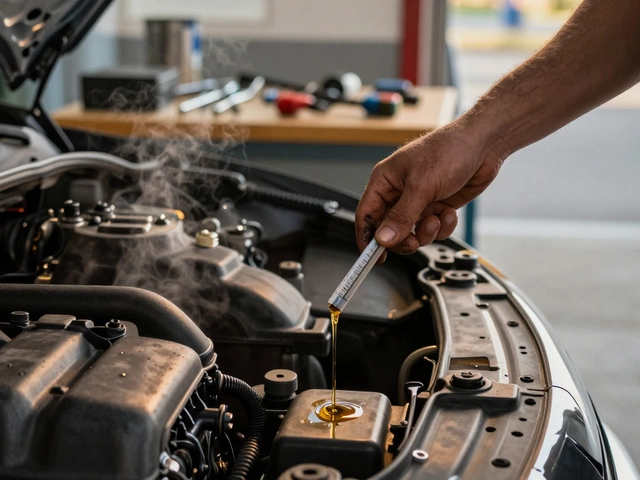

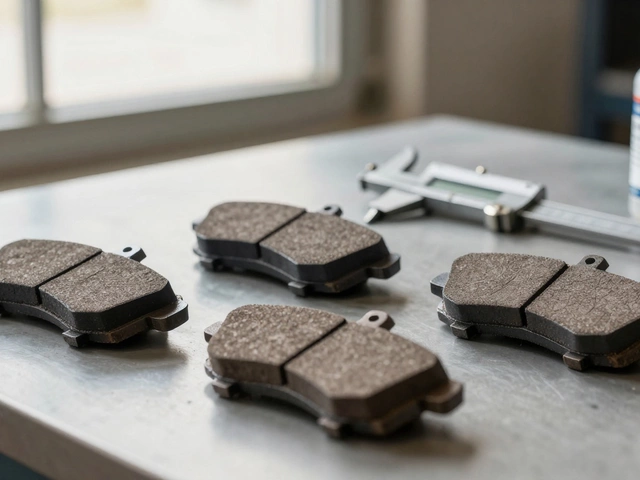

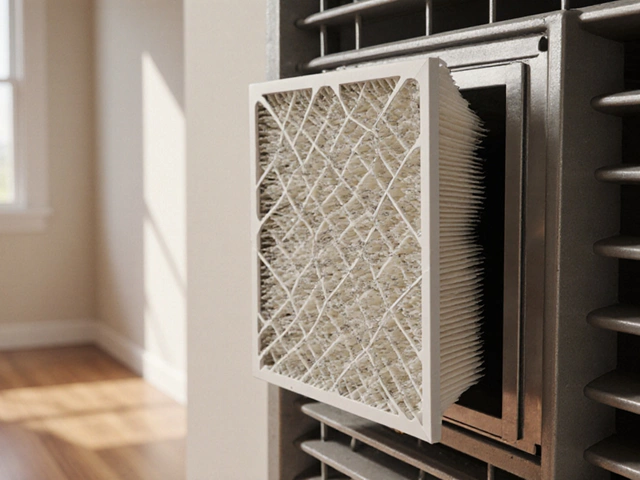

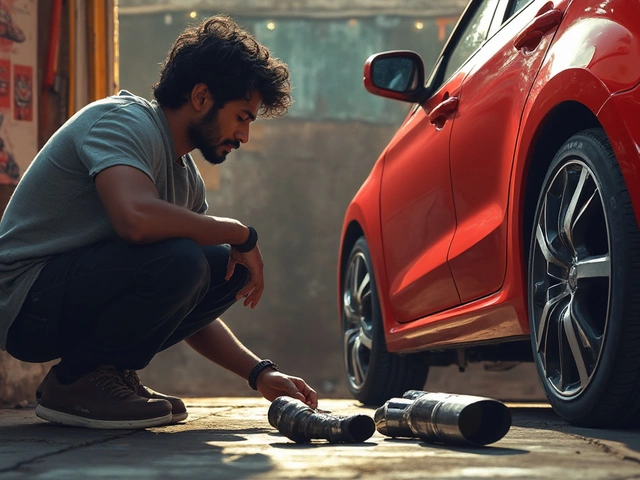
Write a comment